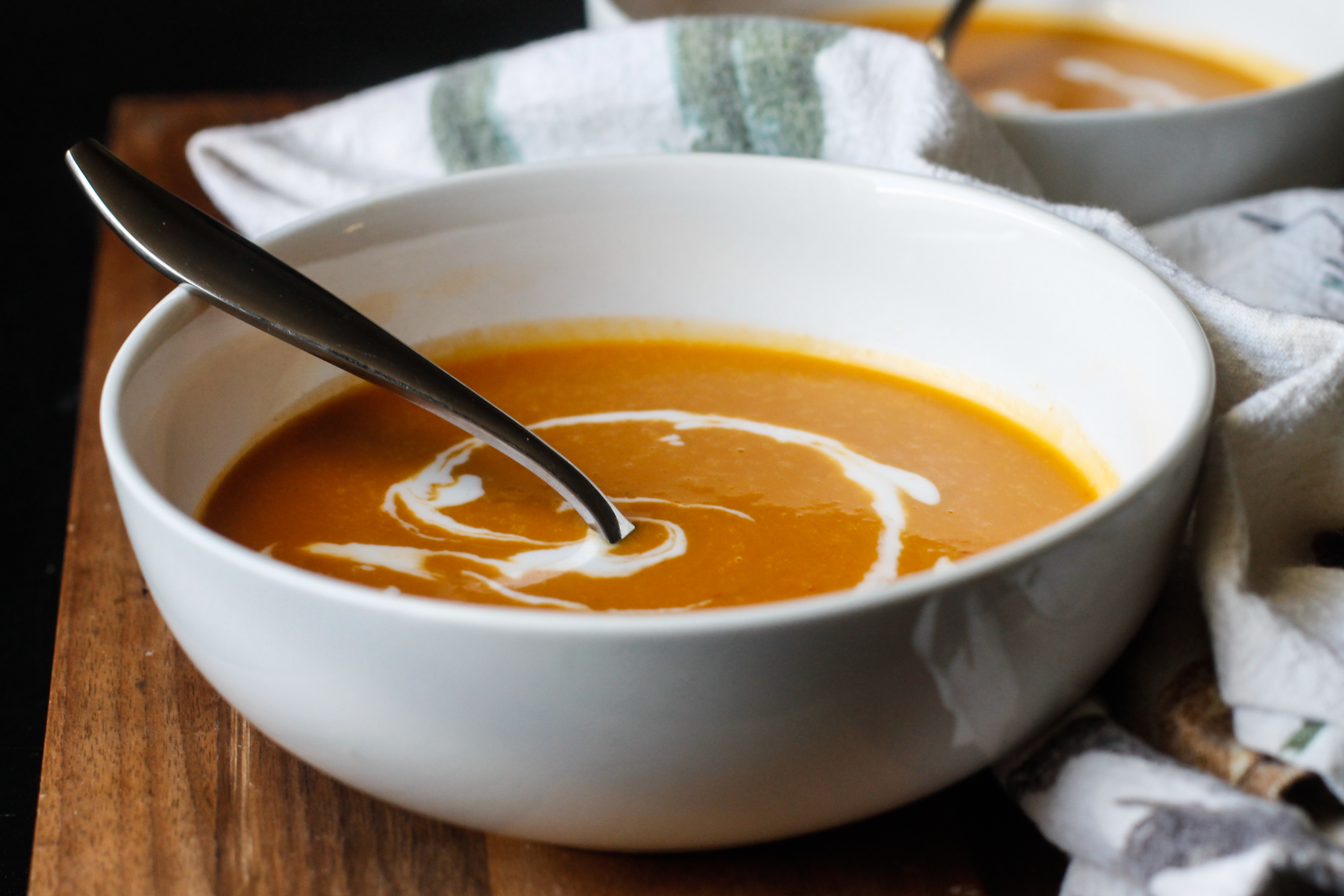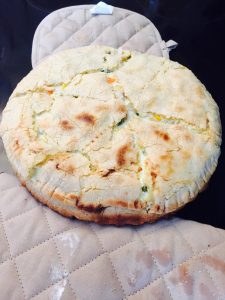In his essay, “A Visit to Ferran Adriá’s Workshop,” Adrian Searle compares the work of one of the world’s most innovative chefs, Ferran Adriá, to that of an artist. After reading Searle’s experience in Adriá’s “workshop,” I can’t say that I disagree. Adriá had a lab in Barcelona utilized during the off season where he and a team of talented young chefs would dedicate hours of their time to developing new dishes for the upcoming season at elBulli, Adriá’s world-famous restaurant which closed in 2011. Adriá’s cooking is quite literally a science.
Searle lists a few of the innovations Adriá has so far for the upcoming season, including atomizer sprays to sweeten or salt your food at the table and spray-on sauces and aerosols of wine or chocolate. As if that’s not inventive enough, Adriá is also working with an odour expert to create scents, which perfume a little menu to accompany new dishes. Adriá describes his cooking as conceptual, which Searle compares to the artistic work of Marcel Duchamp, the father of conceptual art. Like Duchamp, Adriá doesn’t view cooking as the ordinarily perceived profession. He is a creator, utilizing the taste, texture, odor, form and color of all ingredients. Continue reading




